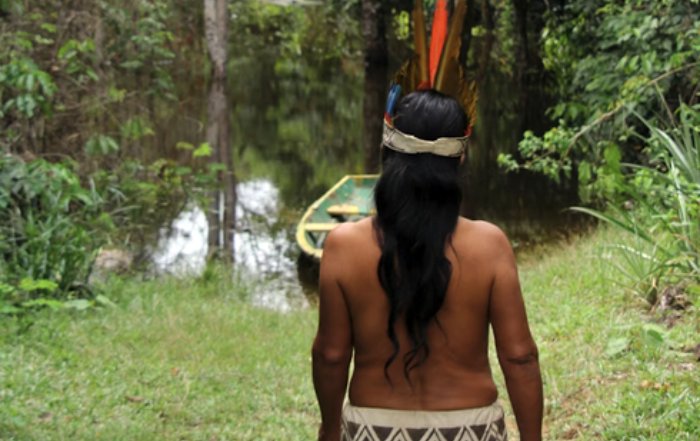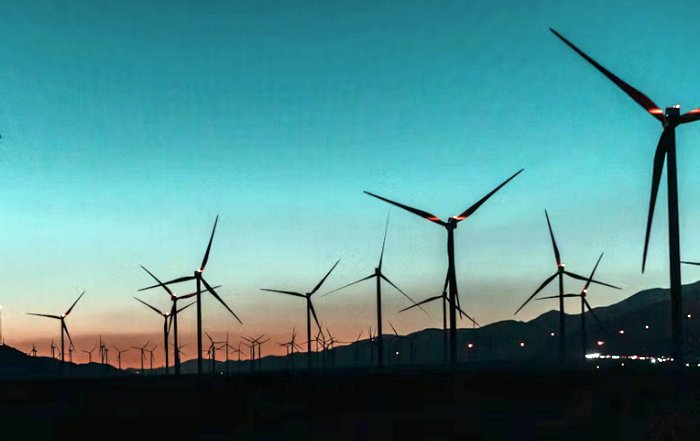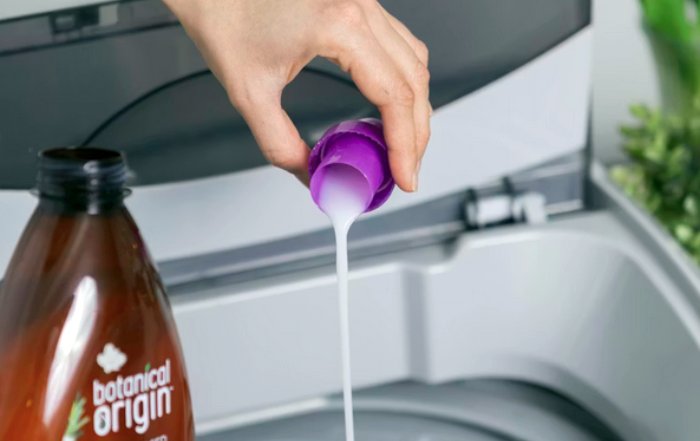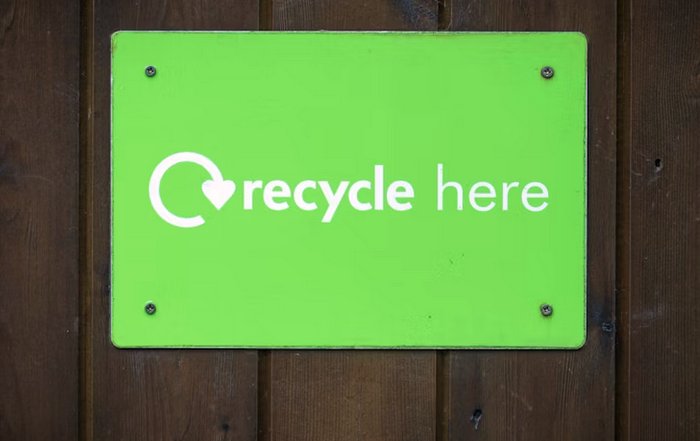Simple Ways to Live Plastic-Free in the City in 2025
Urban life in 2025 is defined by speed, convenience and digital connectivity, yet beneath this modern surface lies an uncomfortable reality: cities are among the largest generators and consumers of plastic on the planet. From takeaway containers and coffee cups to packaging that accompanies almost every purchase, plastic has become woven into the fabric of daily metropolitan life. For readers of eco-natur.com, who are already alert to the environmental and health implications of plastic, the central question is no longer whether plastic is a problem, but how an individual living in a dense urban environment can realistically reduce dependence on it without sacrificing practicality, comfort or professional efficiency.
This article explores simple, actionable ways to live more plastic-free in the city, grounded in current science, policy trends and best practices from around the world. It connects personal lifestyle choices with broader systems change, reflecting the core values of experience, expertise, authoritativeness and trustworthiness that underpin the eco-natur.com approach to sustainable living.
Understanding the Urban Plastic Problem in 2025
By 2025, global plastic production has continued to rise, with the Organisation for Economic Co-operation and Development (OECD) reporting that plastic waste generation has more than doubled since the early 2000s, and only a fraction is effectively recycled. Urban centers in the United States, United Kingdom, Germany, Canada, Australia, France, Italy, Spain, Netherlands, Switzerland, China, Sweden, Norway, Singapore, Denmark, South Korea, Japan, Thailand, Finland, South Africa, Brazil, Malaysia and New Zealand are simultaneously hubs of innovation and hotspots of plastic consumption, particularly in packaging, food delivery and retail.
Research from UN Environment Programme shows that single-use plastics, such as bags, bottles, sachets and wrappers, account for a significant share of marine litter, much of which originates in cities and travels via rivers into the oceans. Those who wish to understand the scale of the challenge can explore global data on plastic pollution and waste flows through resources such as the UNEP and World Bank, where it is possible to learn more about global waste and pollution trends. These data make clear that municipal waste systems, however advanced, are struggling to keep pace with rising volumes of disposable material.
For urban residents, this context is essential. A plastic-free or plastic-light lifestyle is not merely an aesthetic or ethical preference; it is a response to a systemic issue that affects climate, biodiversity, human health and the resilience of urban economies. Microplastics have been detected in drinking water, indoor air and even human blood, with studies published by The Lancet and other medical journals associating plastic additives and pollutants with potential endocrine and respiratory impacts. As more city dwellers become aware of these findings through institutions like the World Health Organization and European Environment Agency, interest in practical solutions has grown rapidly.
Building a Plastic-Conscious Mindset
Living more plastic-free in a city begins with a shift in awareness rather than a shopping list of products. For readers of eco-natur.com, who often combine professional responsibilities with a commitment to environmental responsibility, the first step is to understand where plastic enters their lives and which uses are most easily avoidable.
A simple audit over a week, noting every plastic item used and discarded in the home, workplace and during commuting, can reveal patterns that are otherwise invisible. Many discover that the majority of plastic comes from food packaging, online deliveries, personal care products and impulse purchases during busy workdays. This exercise connects directly with the broader philosophy of sustainability, where informed choices are favored over reactive habits.
Behavioral science research from organizations such as Behavioural Insights Team in the UK and academic centers in Europe, Asia and North America highlights that habits are most effectively changed when new routines are made as easy and automatic as possible. In practice, this means designing daily life so that plastic-free options are the default rather than the exception. For example, keeping a reusable bottle and coffee cup in a work bag, placing cloth shopping bags by the front door, or pre-planning lunches to avoid single-use packaging can dramatically reduce plastic without requiring constant willpower.
The eco-natur.com audience, engaged with sustainable lifestyle choices, often appreciates that such mindset shifts are not about perfection but about consistent improvement. A plastic-free journey in a city is iterative; each adjustment reveals new possibilities and encourages others in one's network to follow suit.
Food, Shopping and a Plastic-Light Urban Kitchen
Food is one of the most significant sources of plastic waste in cities, particularly in countries like the United States, United Kingdom, Germany and Japan, where supermarkets and delivery platforms dominate distribution. Transitioning to a plastic-light kitchen can therefore have a disproportionate impact.
One of the most effective strategies is to prioritize fresh, unpackaged produce and staples purchased in bulk. Many cities now host zero-waste or refill stores, where dry goods such as grains, nuts, legumes and spices are sold without disposable packaging. Customers bring their own containers, which can be glass jars, stainless steel tins or durable reusable bags. Those wishing to understand how zero-waste retail models operate globally can explore case studies from organizations like Zero Waste Europe, which document successful urban initiatives and share best practices for circular systems.
Farmers' markets, community-supported agriculture schemes and local cooperatives in regions from France and Italy to Canada and Australia often offer produce with minimal or no plastic packaging, while also promoting organic food choices that avoid synthetic pesticides and fertilizers. Choosing vendors who use paper, compostable or reusable packaging supports both local economies and more sustainable supply chains. Guidance from bodies such as IFOAM - Organics International and the Food and Agriculture Organization of the United Nations helps clarify what genuine organic and sustainable production entails, enabling consumers to learn more about sustainable agriculture and food systems.
In dense urban environments where time is scarce and delivery services are heavily used, residents can still reduce plastic by selecting platforms or restaurants that prioritize sustainable packaging. Many businesses in Singapore, South Korea, Netherlands and beyond now offer reusable container schemes, where meals are delivered in containers that are later collected, washed and reused. Checking restaurant policies, leaving clear instructions in delivery notes, and favoring suppliers that align with plastic-reduction goals sends a market signal that is increasingly recognized by major food service providers.
Within the home, replacing plastic cling film and disposable bags with beeswax wraps, silicone lids, glass containers and stainless steel lunch boxes transforms daily routines without compromising convenience. These alternatives are now widely available in urban centers across Europe, Asia and North America, and their durability often makes them cost-effective over time, aligning with the economic perspective explored on eco-natur.com's page on sustainable business and economy.
Commuting, Work and Plastic-Free Professional Life
For professionals in global cities, much of the day is spent outside the home, where plastic is ubiquitous in coffee shops, office canteens, convenience stores and corporate events. Yet these are also environments where simple, visible changes can have outsized influence.
Carrying a reusable water bottle and coffee cup is one of the most straightforward habits, and in many cities, including London, New York, Berlin, Toronto, Sydney and Tokyo, cafes now offer discounts for customers who bring their own cups. Initiatives such as Refill in the UK and similar programs worldwide map public refill points, enabling users to find places to refill water bottles and reduce plastic bottles. For those commuting by bike or public transport, lightweight stainless steel or durable glass bottles fit easily into bags and briefcases.
Lunches and snacks present another opportunity. Preparing meals at home and transporting them in reusable containers reduces reliance on plastic-wrapped sandwiches, salads and snacks. In offices where refrigerators and microwaves are available, this approach is both economical and healthier, aligning with the integrated view of health and sustainability promoted by eco-natur.com. When purchasing food outside, professionals can politely request no plastic cutlery, straws or sauce sachets, and instead use a small travel cutlery set made of stainless steel or bamboo.
Corporate culture and policy are increasingly important levers. Many organizations, from multinational corporations to public sector agencies and universities, are adopting sustainability strategies that include plastic reduction, influenced by frameworks such as the UN Global Compact and the Science Based Targets initiative. Employees who raise the issue of single-use plastics in meetings, suggest alternatives for corporate events, or propose internal campaigns often find receptive audiences, particularly in companies already committed to environmental, social and governance (ESG) standards. Those interested in embedding such practices in their organizations can learn more about sustainable business practices and global ESG frameworks.
Hybrid and remote work patterns, now common across North America, Europe, Asia and Oceania, offer further opportunities. Working from home allows greater control over food, beverages and office supplies, making it easier to avoid disposable plastics. Choosing refillable pens, recycled paper, metal or wooden desk accessories and avoiding plastic-wrapped office products can significantly reduce waste over time.
Plastic-Free Personal Care and Household Products
Bathrooms and cleaning cupboards in urban homes often contain a surprising concentration of plastic, from shampoo bottles and toothpaste tubes to detergent jugs and sponges. Transitioning these categories offers some of the most straightforward wins for a plastic-light lifestyle.
Solid shampoo and conditioner bars, which come packaged in paper or metal tins, have moved from niche products to mainstream offerings, particularly in markets like Germany, France, United Kingdom, Canada and Japan. Many of these products are concentrated, lasting longer than their liquid counterparts and reducing both plastic packaging and the energy used in transportation. Consumers can consult independent organizations such as Environmental Working Group or certification schemes like COSMOS and Ecocert to learn more about safer cosmetic ingredients and certifications, ensuring that plastic reduction aligns with overall health and environmental criteria.
Toothpaste tablets in glass jars, bamboo toothbrushes, metal safety razors and refillable deodorant systems further reduce bathroom plastics. In cleaning, concentrated refill sachets, glass spray bottles, and multipurpose cleaners made from simple ingredients such as vinegar and baking soda are effective alternatives to multiple plastic bottles. Guidance from national environment agencies, such as the U.S. Environmental Protection Agency, Environment and Climate Change Canada, the European Chemicals Agency and similar bodies, can help consumers understand safer cleaning products and chemical exposures.
Laundry is another area where plastic can be reduced. Concentrated detergents in cardboard, refill stations at local stores, and avoiding synthetic microfibre clothing all contribute to lower plastic pollution, as microplastics from washing machines are a major source of contamination in rivers and oceans. Research from Ocean Conservancy and International Union for Conservation of Nature has highlighted the scale of microplastic release from textiles, prompting many urban consumers to favor natural fibers and longer-lasting garments.
Waste, Recycling and Moving Toward Zero Waste
Even with a strong commitment to reduction and reuse, some plastic will inevitably enter urban households. Managing this residual waste responsibly remains essential, and understanding local recycling systems is a critical step. Municipal recycling rules in cities from New York to Stockholm, Singapore to Cape Town vary widely, and contamination can render entire batches unrecyclable. Urban residents benefit from regularly checking official city websites or national environment agencies to learn more about correct recycling practices, ensuring that well-intentioned efforts translate into real material recovery.
For readers of eco-natur.com, the concept of recycling sits within a broader hierarchy: refusing unnecessary items, reducing consumption, reusing products where possible, then recycling, and finally, as a last resort, disposal. This framework aligns with the philosophy of zero waste living, which is increasingly being adopted by cities such as San Francisco, Seoul and Ljubljana that set ambitious waste reduction targets. International networks like C40 Cities and ICLEI - Local Governments for Sustainability share case studies showing how urban policy, infrastructure and citizen behavior interact to reduce waste flows.
Composting organic waste, even in apartments, reduces the need for plastic bin liners and lowers the volume of waste requiring collection and processing. Many city authorities now support community composting programs, provide subsidized home composters, or collect food waste separately. For residents in buildings without such services, small indoor composting systems, including bokashi or worm bins, can be effective and odor-free when managed correctly, contributing to healthier urban soils and green spaces.
Protecting Wildlife and Urban Nature from Plastic
Plastic pollution is often associated with remote beaches or open oceans, yet its impacts are acutely visible within cities, from entangled birds in European canals to plastic-filled stomachs of wildlife in African and Asian urban fringes. The International Union for Conservation of Nature and organizations such as WWF have documented how plastic debris harms species across ecosystems, and urban plastic often plays a direct role in this damage. Those wishing to learn more about the impacts of plastic on wildlife and ecosystems will find extensive evidence linking everyday consumer choices to biodiversity loss.
For eco-natur.com readers, who are already engaged with wildlife and biodiversity conservation, reducing plastic use is a tangible way to support nature both within and beyond city boundaries. Participating in or organizing urban clean-ups along rivers, parks and coastal areas not only removes existing litter but also raises awareness among local communities and businesses. Many cities in Europe, Asia, Africa and South America now host regular volunteer clean-ups supported by municipal authorities or environmental NGOs, and joining these events can foster a sense of shared responsibility and civic pride.
Urban residents can further protect wildlife by securing household waste, especially in neighborhoods where animals like birds, foxes, raccoons or monkeys may access bins and ingest plastic. Choosing biodegradable alternatives for items such as pet waste bags, avoiding balloon releases and using natural decorations for outdoor events reduces the risk of plastic entering local ecosystems. In many cases, these measures are simple adjustments that align with the broader ethos of sustainable living promoted by eco-natur.com.
The Role of Sustainable Business and Policy in Plastic Reduction
While individual actions are powerful, the scale of the plastic challenge requires systemic change in business models, product design and public policy. In 2025, momentum is growing across Global, European, Asian, African, South American and North American markets toward extended producer responsibility, plastic bans and circular economy strategies.
Many governments, guided by frameworks from the European Commission, UN Environment Programme and OECD, are introducing regulations that restrict single-use plastics, mandate recycled content in packaging and require companies to finance waste management. Urban residents can influence these developments by supporting policies that favor reuse and reduction over recycling alone, engaging with local consultations and staying informed through trusted sources such as the European Commission's environment portal or UNEP's plastics platform, where citizens can learn more about emerging plastic regulations and circular economy policies.
Businesses are responding with new models, from refillable packaging and product-as-a-service offerings to reverse logistics systems that collect and reuse containers. Leading retailers, consumer goods companies and startups in regions from Scandinavia and Germany to Japan and Singapore are piloting reusable packaging platforms, often in partnership with city authorities and waste management firms. Professionals who understand these trends, especially those following the guidance on sustainable business at eco-natur.com, are well placed to advocate for and implement such models within their own organizations.
Certification schemes such as Cradle to Cradle Certified, B Corp and circular economy standards from the Ellen MacArthur Foundation provide frameworks that help companies measure and improve their material use, including plastics. Consumers can support these efforts by choosing brands that are transparent about their packaging strategies and circular commitments, and by providing constructive feedback when products do not align with plastic-reduction goals.
Aligning Plastic-Free Living with a Sustainable Urban Future
Living plastic-free, or at least significantly plastic-reduced, in the city is not an isolated lifestyle trend but part of a broader transformation in how societies understand prosperity, health and environmental responsibility. It intersects with renewable energy, sustainable mobility, green building design and circular economy principles, all of which are explored across the thematic sections of eco-natur.com, from renewable energy to design and innovation.
Urban residents in 2025 are increasingly aware that their choices influence not only their immediate surroundings but also global supply chains and ecosystems. A professional in New York, a family in Berlin, a student in Bangkok or an entrepreneur in Cape Town all face different constraints and opportunities, yet they share access to a growing body of knowledge, tools and community initiatives that make plastic-light living attainable. By aligning personal behavior with evolving business practices and public policies, they contribute to a collective shift that can significantly reduce plastic pollution worldwide.
For the community around eco-natur.com, the journey toward plastic-free city living is both practical and aspirational. It is practical because it involves concrete steps-choosing reusable over disposable, supporting refill and repair, understanding recycling systems, and engaging with local policy. It is aspirational because it reflects a deeper vision of cities where economic vitality, social wellbeing and environmental integrity reinforce rather than undermine one another.
Those who wish to deepen their understanding and expand their impact can explore the interconnected themes of sustainable living, plastic-free choices, recycling and circular systems, biodiversity and wildlife protection and the sustainable economy across eco-natur.com. In doing so, they not only refine their own habits but also join a global network of citizens, professionals and organizations working to ensure that the cities of 2025 and beyond are cleaner, healthier and more resilient places to live, work and thrive.








